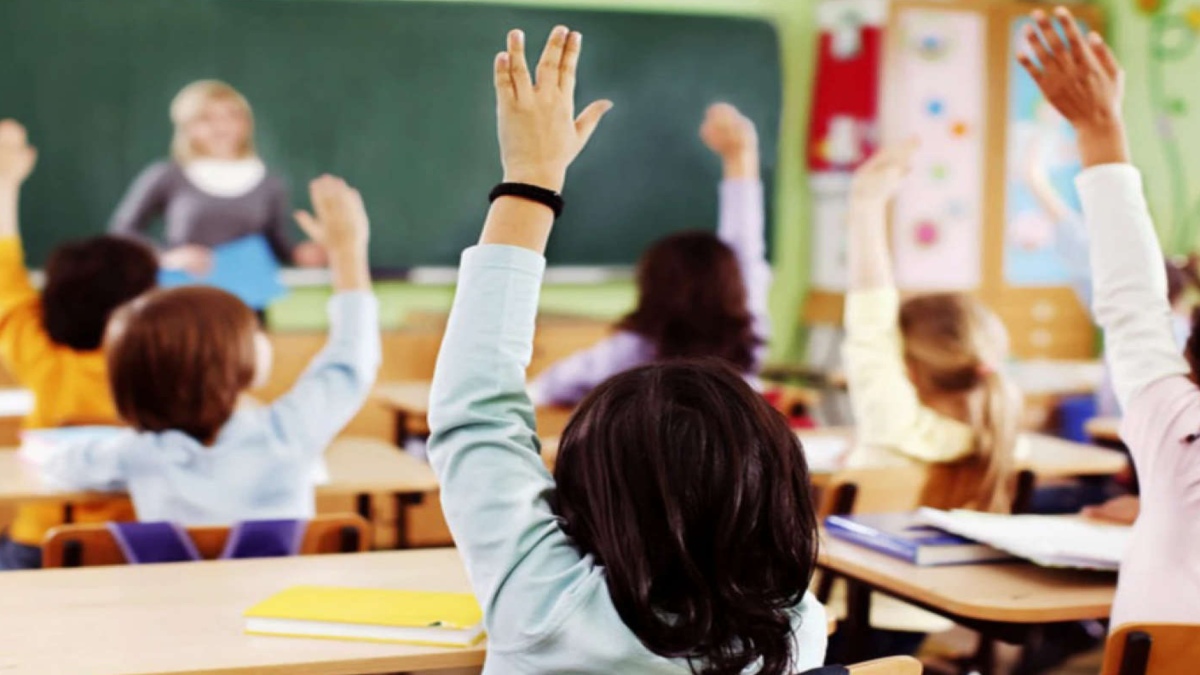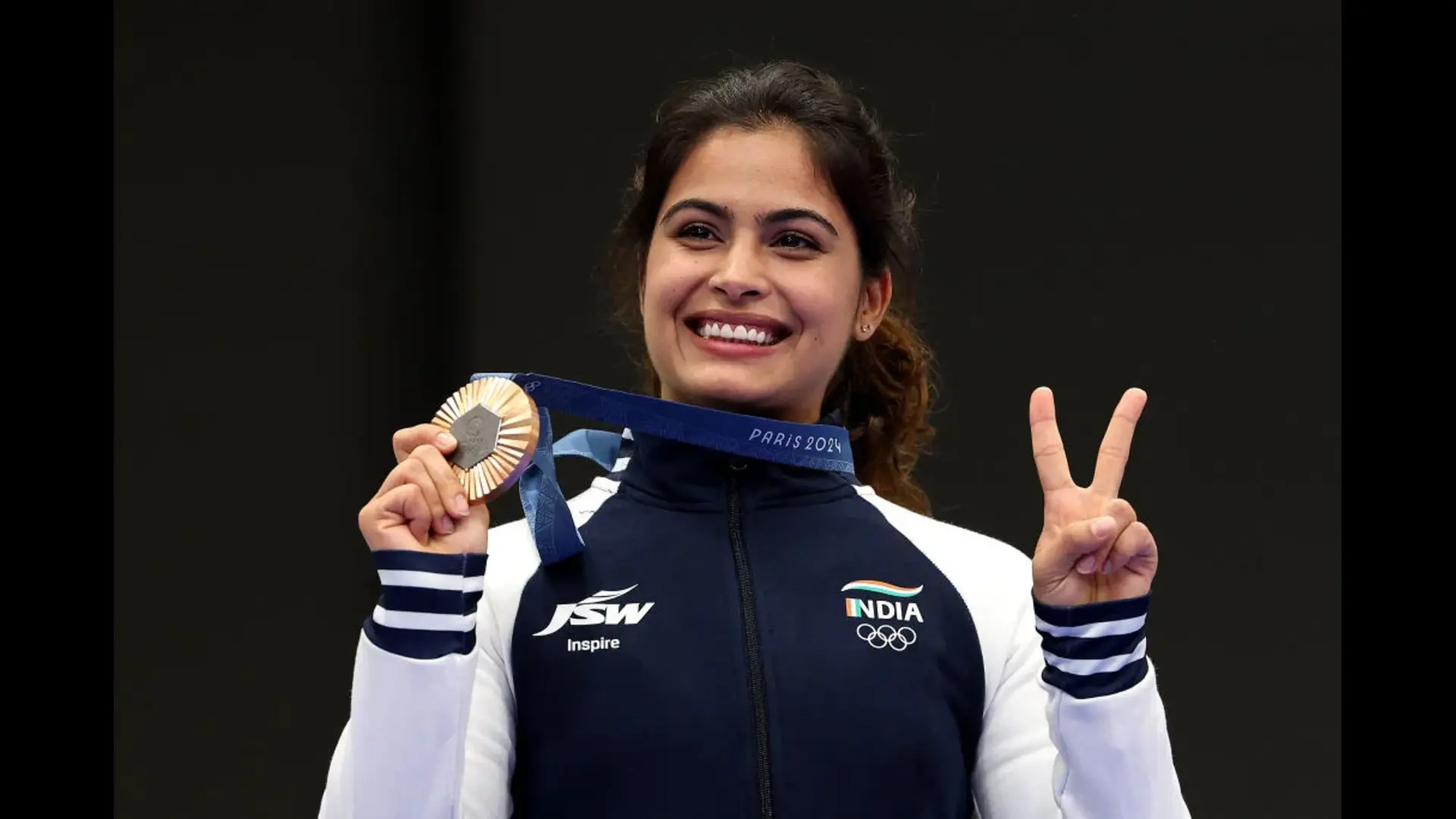What is sweeping all sectors of society and economy at a rapid pace is digital transformation. The ease of access to information and the ever-increasing speed of transaction, along with the interactive nature of digital literacy, have made all cross sections of society adopt digital systems for their accelerated growth and outreach. We see this futuristic transformation most in the new-age children who are students as well as the teaching fraternity across ages, which is nothing short of the word ‘marvellous’. NEP 2020 marks a landmark roadmap in the country’s education system. Advocating a forward-thinking, cogent reform, NEP 2020 is a perfect blend of a need-based policy, innovative learning, cutting-edge research and entrepreneurial thinking, paving the way for a New India.
Education plays a key role in human development and it is the citizens that matter most during these unprecedented times that are driven by the innovation and creative genius of people who are taking up the challenge of becoming ‘creators’ instead of ‘workers’. The NEP 2020 brings about many changes that we have long been procrastinating about in terms of things that cried out for a change, like for example, digital innovation; entrepreneurial thinking; selection of subjects based on passion and strength rather than lack of choice—for a student who wants to study Chemistry and Biology without Physics (which the child may be weak in)—has not been possible so far; being forced to take the ‘next best stream’ if marks are low, and struggling with it thereafter for life, have been some of the core issues. Then there has been this tradition studying only for examinations to get a job, the choice of which has remained the same for decades: Medical, engineering or teaching.
One of the reasons things have been this way is because education in India had remained untouched by the disruptions of technology advancements for a long time. In a way, the Covid-19 came as a blessing in disguise for the education system at all levels. It made rapid adaptation of digital technologies for imparting online education and made people interact and express more easily online in the host of webinars, online conferences and seminars that have been organised during the ongoing Covid-19 times. While many have benefited greatly from these like the teaching community that has been able to attend training programmes on topics like online teaching, managing a class and best global teaching practices, there have been issues like fatigue in young learners and technological glitches that have at times created havoc and loss of time for many. Educational publishers have been partners in learning with all the stakeholders during a difficult time like this and have worked hand-in-hand with educational institutions, providing the best-in-class services in terms of digital content, animations, online workshops and webinars, as well as pan India contests for students digitally. Despite all of this, children miss school and being with friends and teachers. Naisha, a student of class 4, says, “I miss my friends and the circle time in school.”
The digital age, however, has its own challenges. Loss of privacy, data piracy, data theft, cybercrimes, and a colossal waste of time on social media and other digital apps that have raised issues relating to ethics and values of this digital age beyond the normal call for ethics and values in a civilised society. However, with one year gone by in the pandemic, 2021 seems to be better prepared in terms of dealing with digital technologies, innovative teaching-learning curve, hands-on learning through projects and teamwork, and others. Globally, people are also poised to take on the challenges like cybercrime, better use of social media time and space, along with online learning, which has actually been a boon in disguise. 2020 was an experimental year and the world didn’t realise what hit them; it took time for schools to develop the online teaching mode and for educators, parents and students to adapt to it. But what seemed like little triumph initially in terms of being able to do everything on the screen soon became a bane with children getting migraines, eye problems for staring at the screens for too long, as well like anxiety and stress due to odd timings and lack of physical activity, while educators and parents have experienced fatigue and anxiety due to being overworked with the pressures of being ‘online’ all the time.“I wear anti-glare spectacles for all my classes now and do yoga in the morning before starting my classes. I am also reading lots of books, painting, dancing and playing the guitar while cutting down on watching TV as well,” says Inayara, a student of class 6. “I used to get a lot of headaches and my eyes used to burn, but now I am better,” she adds.
What looked like a piece of cake initially in terms of working from home and having to just switch on a device, soon became a nightmare. Yes, the internet has been a real boon; without it, learning would have been completely lost this past year. However, it is a ‘Hybrid Model’ today that is the need of the hour—one that is a healthy mix of printed material like books, pen and paper along with the digital content. Another thing that has become increasingly important today as has co-curricular classes like art and craft, physical education, etc. Shammi Manik, CEO of a large educational publishing house says, “It is imperative for both schools and parents to ensure that blended learning with printed books and stationery, along with the digital content is consumed by students to get the balance right; one without the other may cause serious issues. The hybrid model is the way forward.”2020 has been both a challenge as well as a great learning curve for everyone across the globe, especially in the education space: for students to sit in front of a screen with little or no social interaction with friends, and for educators who have had to learn how to use many different tools for teaching, engaging as well as evaluating students. There is no doubt that publishers too have gone that extra mile to help facilitate all kinds of online teaching-learning experience for all three stakeholders through: students, educators and parents. Dr Vinod ‘Prasoon’ Chauhan, who is associated with NCERT, CBSE and ICSE, and is a poet and author of bestselling Hindi series like Saarthak, Unmesh and Udgham for K-8 says, “The Corona era has taught us a lot. If the technology had not supported us at this time, the teaching-learning process would certainly have been greatly affected. Therefore, there is no doubt that online classes have reduced the loss of studies to a great extent during this disaster, but it is also true that online classes cannot be considered as an alternative to offline classes. However, new methodology and tools like Hybrid Teaching, Blended Teaching are part of major discussions today and their imperative implementation are being appreciated in the changing era. Books equipped with authentic innovative measures, ideal teachers and their innovative uses, proper use of technical tools and an environment full of joy makes learning child-centered, comfortable, joyful and experiential.” Therefore, even though the online learning mode is being facilitated through tools like animations, test generators, online competitions, educational games and so on, there is no substitute for physical books and activities. Hybrid teaching-learning methodology is the way forward to facilitate more than just learning for examinations; it aids in overall understanding and in-depth knowledge.
A new teaching-learning environment has now been created that facilitates learning anytime, anywhere and as per one’s interest areas. Student-centric learning looks like they are slowly becoming a reality with digital systems information to learners at an affordable cost and across boundaries, but to make it truly viable, the print material is important, making one’s own notes is important and reading extensively is important. We still have a long way to go, but the best part is that with all that is available in terms of content—both online and offline by publishers—we can see a whole lot of innovation and usage in the education space for the session in 2021!























